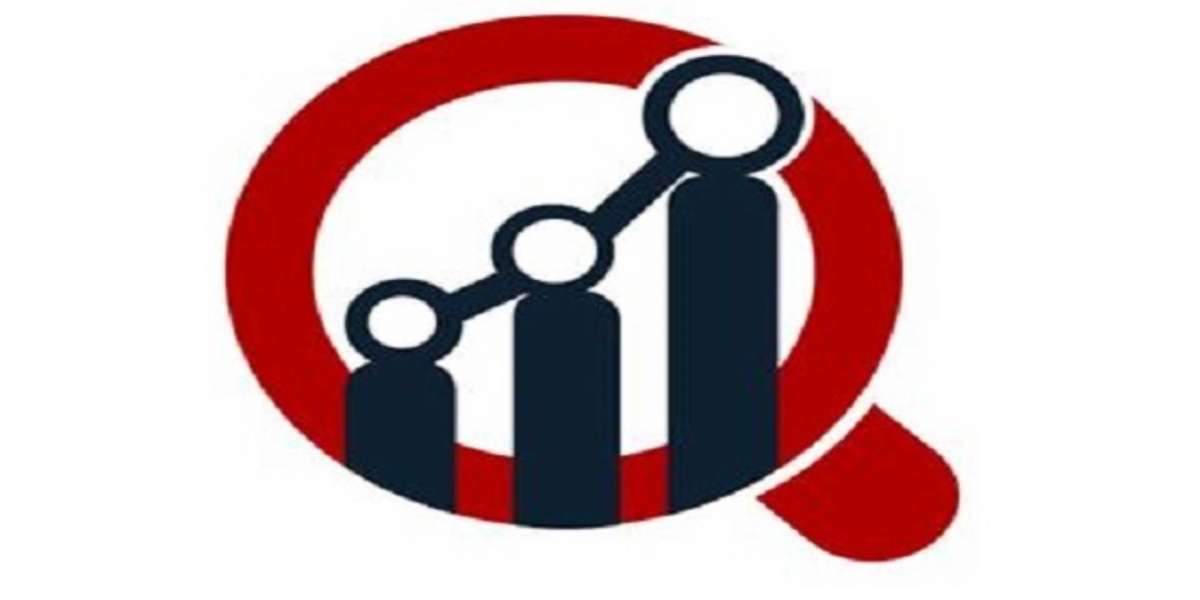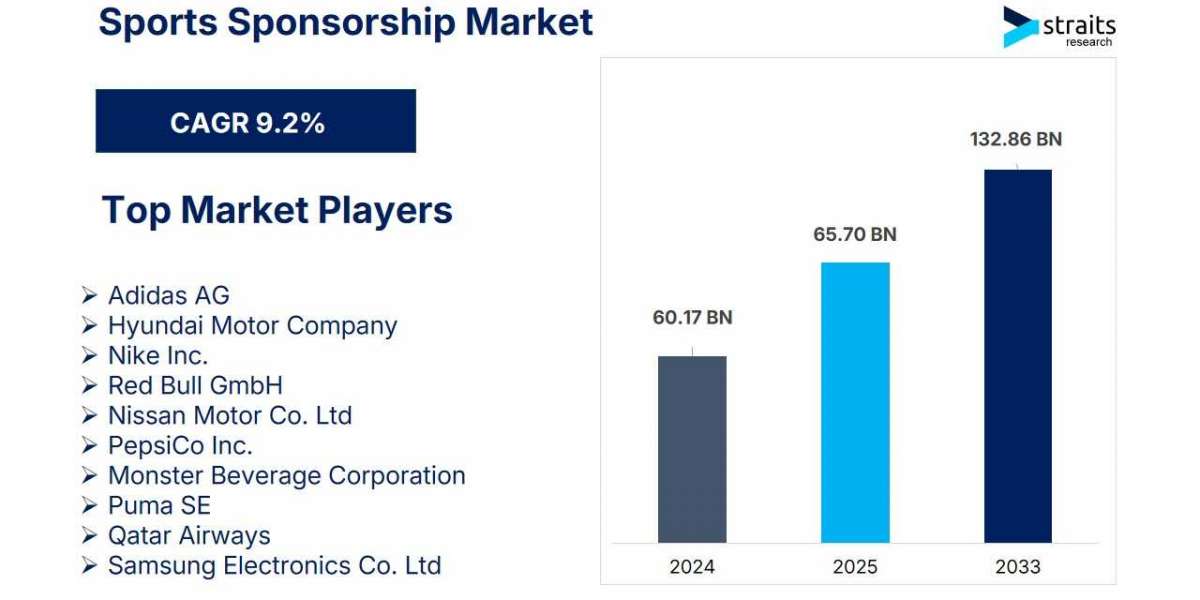Can Sound Really Predict Health Issues Before Symptoms Start? This New Tech Says Yes
Imagine a world where your body could “speak” to machines using sound—and they could understand it before you even felt sick. That’s no longer science fiction. It’s happening now in the emerging Bio-Acoustics Sensing Market, where biology and sound engineering are teaming up to revolutionize diagnostics, healthcare, and even environmental monitoring.
This fast-growing market is built around a fascinating idea: living organisms—from humans to plants to marine life—constantly generate sound waves. These biological sounds, once thought to be random or too faint to measure, are now being captured and decoded using advanced acoustic sensors, AI algorithms, and machine learning. The result? A new frontier in early disease detection, wearable tech, animal health, and more.
Why Is Everyone Suddenly Talking About Bio-Acoustics?
Because it’s a game changer. Traditional diagnostics often rely on visible symptoms or invasive procedures. Bio-acoustic sensing flips that model by listening to the subtle sounds inside the body—like muscle vibrations, airflow in the lungs, heart murmurs, or vocal cord oscillations—to detect abnormalities in real time.
For example, a bio-acoustic device can pick up irregular lung sounds before respiratory symptoms appear, or detect muscle fatigue by analyzing sound frequencies in tissue. In animals, farmers are using acoustic sensors to monitor livestock health based on vocal patterns and movement sounds.
This shift to non-invasive, real-time health insights is fueling explosive growth in both the medical and agricultural sectors.
What’s Driving Demand for This Technology Worldwide?
Several trends are converging. First, the demand for early, accurate, and non-invasive health monitoring has skyrocketed—especially since the COVID-19 pandemic made respiratory diagnostics a top priority. Bio-acoustic sensing offers a safer, faster, and more scalable alternative to traditional methods.
Second, wearable technology is going acoustic. Smartwatches and fitness bands already track heart rate and sleep, but companies are now embedding micro-acoustic sensors that listen to body sounds for deeper health data. This gives consumers and clinicians unprecedented insights with minimal effort.
Third, sustainability and wildlife research are opening new doors. Environmental scientists use bio-acoustics to monitor ecosystems, track endangered species, and study oceanic life—all by “listening” to nature. It’s a powerful, non-invasive way to understand biodiversity without disturbing it.
Where Is the Technology Being Used Most Effectively Right Now?
Healthcare leads the way. Bio-acoustics is being used in cardiac and respiratory diagnostics, sleep apnea detection, and rehabilitation monitoring. Hospitals and telehealth providers are starting to integrate these sensors into wearable patches or home devices, making continuous monitoring more accessible than ever.
In agriculture, bio-acoustic sensors are helping detect stress or disease in livestock early—sometimes before any visible symptoms emerge. That’s improving animal welfare and cutting losses for farmers.
Defense and security sectors are also exploring this tech for its ability to detect motion or identify biological presence in hard-to-access environments, such as under rubble or underwater.
Which Regions Are Leading the Charge in Adoption?
North America is at the forefront, especially the US, where health tech startups, research universities, and defense agencies are investing in next-gen acoustic sensing platforms. Europe follows closely, with strong activity in healthcare innovation and environmental research.
Asia-Pacific is showing huge potential, particularly in China, Japan, and South Korea. These countries are leveraging bio-acoustics in smart healthcare, aging population management, and precision agriculture—all of which are high-priority national initiatives.
What Are the Key Challenges in Scaling This Market?
Despite its promise, the Bio-Acoustics Sensing Market faces a few hurdles. High development costs and the need for ultra-sensitive calibration can slow down mainstream adoption. Interpreting complex biological sound data also requires robust AI training and advanced analytics.
Privacy concerns and regulatory clarity are still evolving, especially when devices are used for constant monitoring in healthcare or public spaces. Additionally, integrating bio-acoustic sensors into existing wearable ecosystems remains a technical challenge for manufacturers.
What’s the Long-Term Outlook for This Technology?
The future of the Bio-Acoustics Sensing Market is nothing short of transformative. As sensors become more compact and algorithms more intelligent, expect bio-acoustic technology to expand beyond labs and into daily life—powering smart homes, personalized healthcare, and even silent animal communication interfaces.
From predicting illness before it strikes to decoding nature’s hidden language, bio-acoustics is turning sound into one of the most powerful tools in modern science. The question isn’t if this tech will take over—but how soon it will be in your pocket, clinic, or farm.







